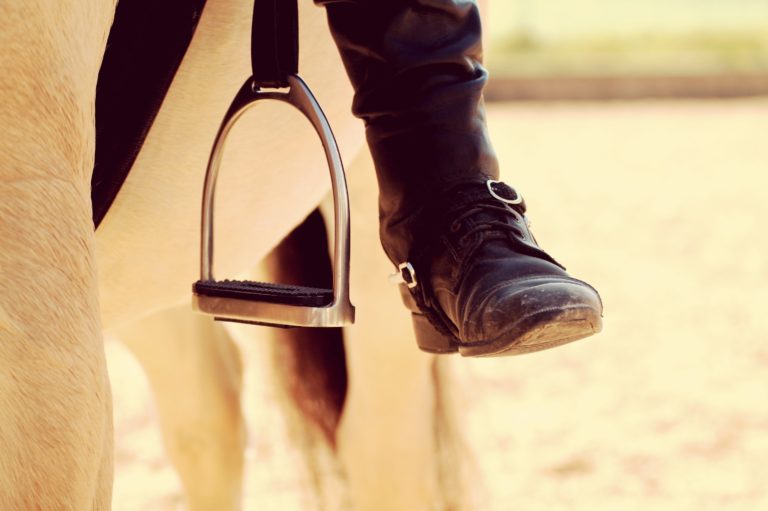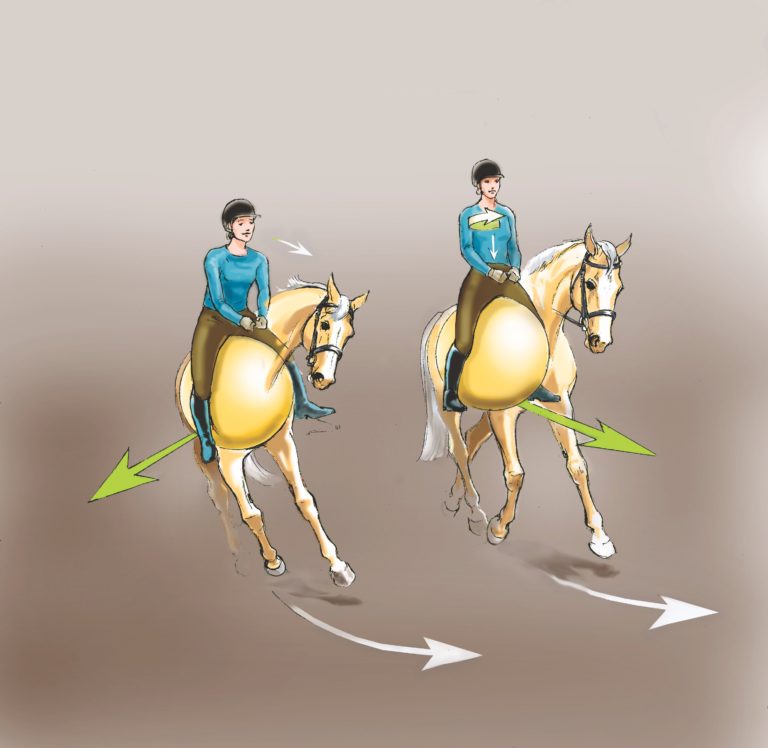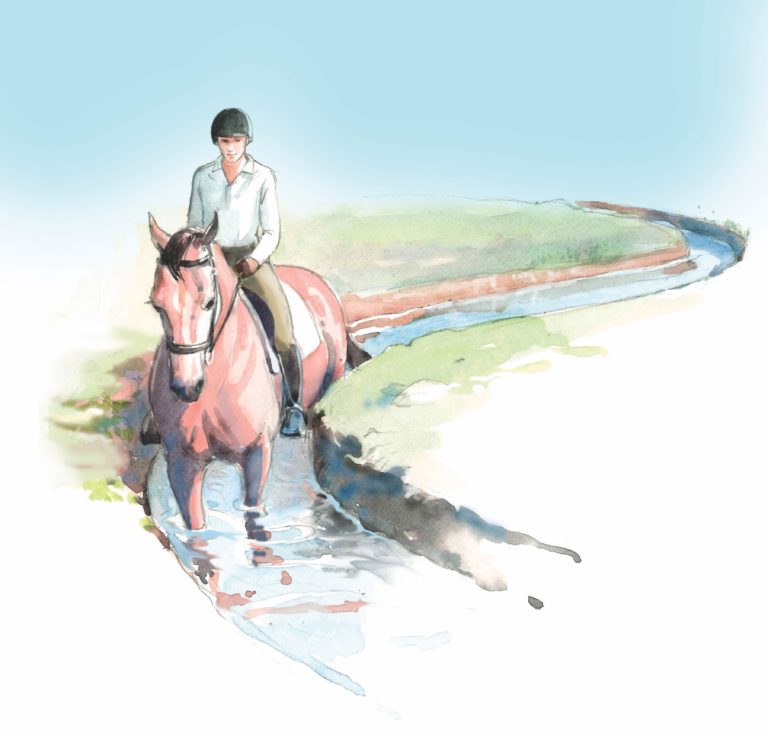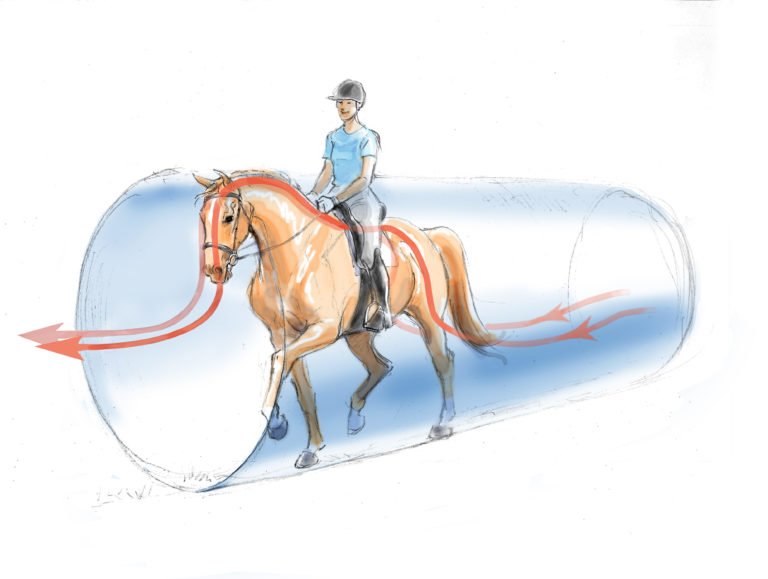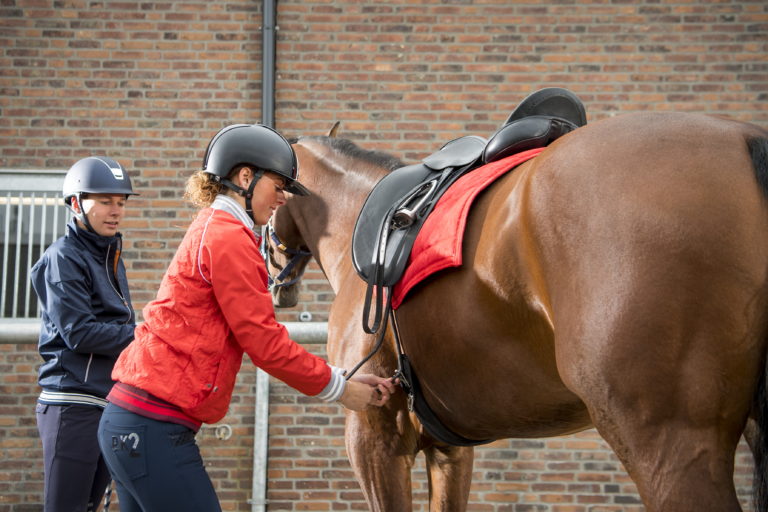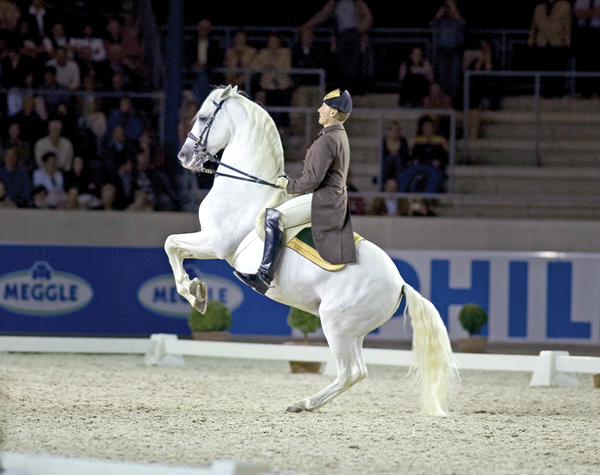
Q: Why does Grand Prix dressage not ask for the levade as the ultimate proof of collection? Piaffes—the current height of collection at the Grand Prix level—can sometimes be faulty, but I think to be able to do a levade really shows that a horse is able to collect properly. What is your opinion? Do you use the levade in your training?
Nadine Leroux
Washington, D.C.
A: While I agree the levade is in many ways the epitome of collection, it is important to remember when done correctly, it is a very specialized movement. Although sometimes referred to as a low rear, a proper levade is very different from a rear of any sort. The horse does not stand on his hind legs. Instead, the horse sits and lifts the front legs off the ground. The angle of the horse’s body to the ground should be less than 45 degrees. One can easily imagine the kind of strength required in the haunches in order to be able to hold this position for any length of time. Not surprisingly, within stables where the airs above the ground are taught there are those that become known as levade horses. Frequently, they are even more specialized, as in-hand or under-saddle levade horses. Although the baroque breeds are most commonly used for levade, I have seen levades performed by other breeds, too. In the 1970s, Karl Mikolka, using the expertise from his intensive training at the Spanish Riding School, trained an American Saddlebred in the levade. I had the honor of seeing it in person.
The levade, like the other airs, is a stylized movement with strict requirements by which the quality is assessed. The angle of the body, the articulation of the joints of the hind leg, the neat folding of the front legs, the use of the back and carriage of the head and neck all determine the correctness of the movement. In the airs above the ground, the levade is the foundation or basis for the more spectacular movements, such as the capriole and courbette. The capriole is a good example of what one might call the progression of collection. In a classic case, the horse first collects in a few steps of piaffe, then sits in a levade position for just an instant before launching into the air with explosive energy. That launching could be described as the epitome of pushing power. In general, the three airs recognized by the Spanish Riding School could be described as the epitome of the development of the horse’s hindquarters. If done well, they require carrying power, pushing power and tremendous articulation of the joints. As with all of the airs, capriole horses are very specialized as well, and usually only those who show a natural ability are trained to go on to perform.
Personally, I am grateful that there are places like the Spanish Riding School where movements such as the levade are kept alive and practiced in the manner in which they were intended. Several years ago, I remember watching a levade being performed in-hand at the Spanish Riding School. It was incredible to see, for with each step of the piaffe the horse lowered his hindquarters more and more; you could see how the hocks, hip and stifle were involved in the process. Slowly, the horse carried more weight behind and the forehand elevated until the front legs were completely off the ground in a beautiful levade. The whole transformation appeared to happen in slow motion. What I witnessed that day was a text-book example of collection. It also was obvious to me that it was performed by a talented, specialized horse skillfully aided by a trainer with expertise in the airs.
In order to protect the horse from injury, the hindquarters have to be developed with equal amounts of strength and suppleness for the horse to perform a levade correctly. If this is not done properly there is a greater potential for the horse to rear and go too high endangering the rider. There is also a far greater risk of soft-tissue injury to the horse’s hind leg. With that in mind, I have to say from a practical perspective and in the interest of the welfare of our horses that I don’t believe it would be good to require our horses to perform a levade in our dressage tests.
George Williams is president of the USDF and a member of several USDF committees. A renowned international Grand Prix competitor, he became a resident rider and trainer in 1981 for The Tempel Lipizzans in Wadsworth, Illinois, in order to continue to work under his mentor, Karl Mikolka. In 2014, he was named the USEF National Youth Coach and will be conducting national clinics to find talented young dressage riders. He also teaches and coaches with Williams Dressage, LLC.



